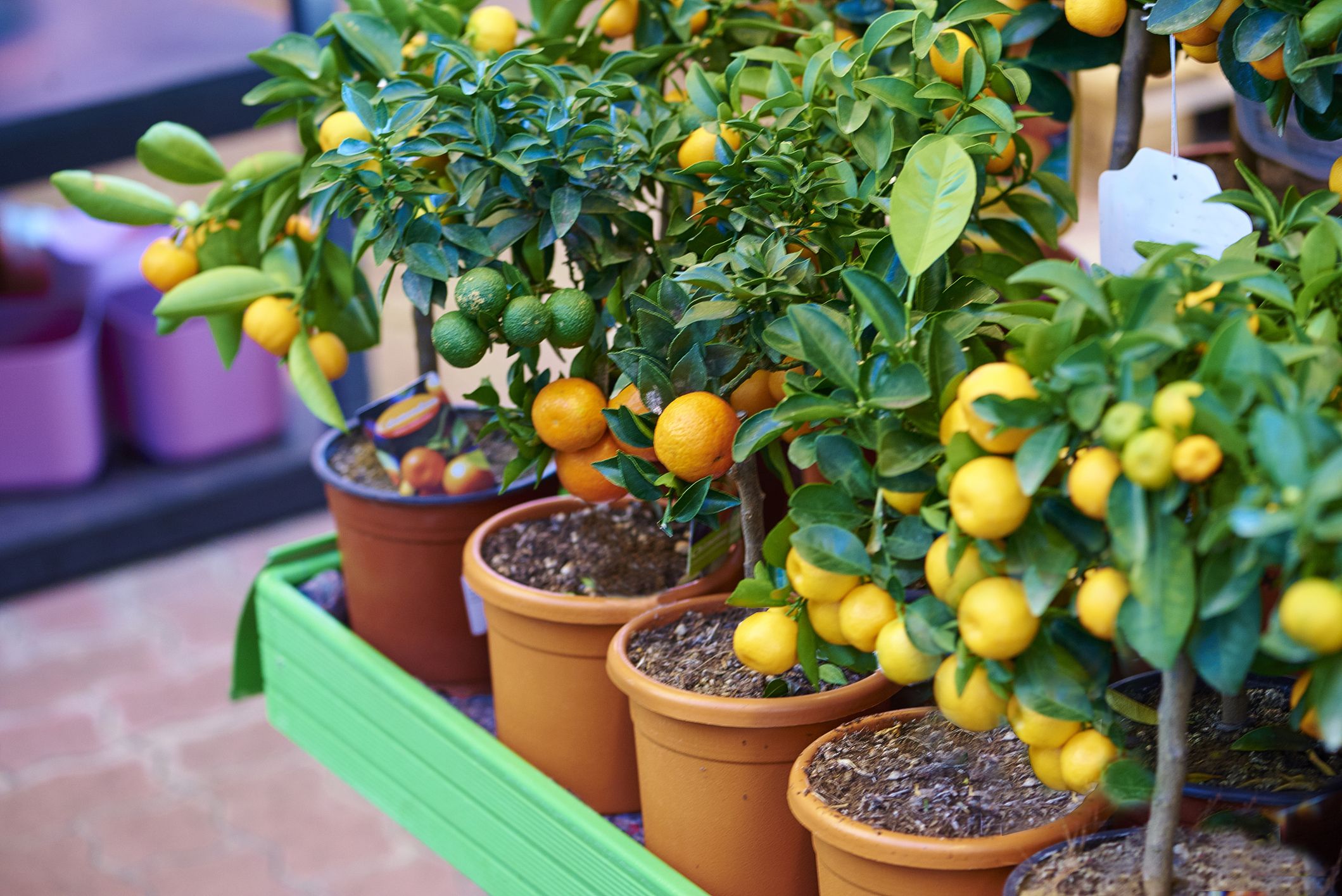Cherry trees are gorgeous when in bloom and produce sweet, delicious fruit. Many gardeners dream of having them but don’t have the yard space for a full-size cherry tree. Fortunately, cherry trees can be successfully grown in pots with the right care and selection. Here is a complete guide to growing potted cherry trees.
Choosing a Cherry Tree Variety for Pots
Not all cherry trees are well-suited for container growing. Consider the following when selecting a variety:
-
Mature size – Choose a dwarf or semi-dwarf cherry tree that reaches 8-12 feet at maturity. Standard cherry trees get too large for most pots
-
Climate – Select a type adapted to your USDA plant hardiness zone. Cherries need chill hours to flower and fruit properly
-
Pollination – Some cherries are self-pollinating while others require a pollinator. For potted pairs, choose another variety that blooms at the same time.
-
Rootstock – Opt for trees grafted onto dwarfing rootstock like Gisela or Colt to control size.
Some top potted cherry picks include:
-
Dwarf Alberta cherries – Hardy to zone 2, only reaches 6 feet. Self-pollinating.
-
Evans cherry – Compact tree, 8 feet tall. Pollinate with Bing cherry.
-
North Star cherry – Zone 4, grows 8-10 feet tall. Self-fruitful.
-
Rainier cherry – Needs a pollinator, stays under 12 feet. Popular for pots.
-
Miniature cherry varieties like Little Twist. Max height around 4 feet.
Choosing the Right Pot for Cherry Trees
Cherry trees grow extensive root systems. To accommodate this, select the largest pot possible:
-
15-25 gallon pots are ideal for mature dwarf cherry trees.
-
Go up to 30-45 gallons for semi-dwarf varieties grafted on Gisela or Colt rootstock.
-
Use containers with drainage holes and drainage trays to prevent waterlogged soil.
-
Pick taller pots, at least 16-24 inches deep, to allow for root growth.
-
Wide pots give roots room to spread out horizontally.
-
Plastic, resin, wood, or ceramic pots all work, if properly sized.
Re-potting into progressively larger containers every 2-3 years will maintain health.
Growing Potted Cherry Trees: Care Tips
Follow these tips for healthy, productive potted cherry trees:
-
Use rich, well-draining potting mix formulated for fruit trees. Heavy soil compacts.
-
Fertilize in early spring with a balanced 10-10-10 fertilizer. Cherries are heavy feeders.
-
Water whenever top 2 inches of soil feel dry. Check soil daily. Consistent moisture is key.
-
Situate potted trees in full sunlight (at least 6 hours daily). Light shade during hot afternoons is okay.
-
Protect trees from harsh winds which can damage branches and blossoms.
-
Apply reflective tape or white wash on the southwest side of pots to prevent bark sunscald.
-
Monitor for common cherry pests like aphids and treat promptly to prevent spread.
-
In colder zones, wrap pots with insulating materials to protect roots from freezing.
-
Prune each year in early spring to shape tree and improve fruiting and air circulation.
-
Add compost or slow-release fertilizer around base of pot each spring to replenish nutrients.
With attentive care, potted cherry trees thrive on patios, decks, and in small yards!
Pollinating Potted Cherry Trees
Most cherries require pollen from a different compatible variety to produce fruit. For potted trees, simply grow two different types close together. Popular pollinator pairings include:
-
Bing + Evans
-
Rainier + Van
-
Lapins + Stella
-
Sweetheart + Skeena
-
Ulster + Hudson
If you only want an ornamental blooming cherry, choose a self-pollinating variety that doesn’t require a partner. Potted flowering cherries won’t produce much edible fruit.
Protecting Potted Cherry Trees in Winter
Cherry trees need to experience chilling hours under 45°F each winter to flower and fruit properly. In warm climates, keep potted trees in an unheated garage or shed during winter dormancy. Other tips include:
-
Move pots into an unheated garage or shed once leaves drop in late fall.
-
Make sure potted trees get at least 800-1000 chilling hours under 45°F.
-
Insulate pots with bubble wrap, burlap, or blankets to protect roots from freezing.
-
Keep soil slightly moist during winter dormancy but avoid saturation.
-
If needed, use timed grow lights to extend daylight hours to 14-16 hours in winter.
-
Bring pots back outdoors once spring temperatures stabilize above 45°F.
Growing Cherries in Pots: FAQs
Can you grow cherry trees in pots indoors? Indoor cherry trees rarely thrive in the long term. They need a cold winter dormancy and at least 6 hours of direct sunlight daily. It’s best to grow them outdoors.
What size pot do I need for a cherry tree? Use a 15-25 gallon pot for dwarf cherry varieties, up to 45 gallons for semi-dwarfs. The pot should be 2-3 times wider than the root ball.
How long do potted cherry trees live? With proper care, potted cherry trees typically live 8-15 years. Productivity declines after 10 years. Re-plant in fresh soil every 2-3 years.
When should I plant a cherry tree in a pot? Plant bare-root cherries in pots during winter dormancy. Potted trees are best planted in spring after the last frost.
The Reward of Growing Cherry Trees in Pots
Don’t let small garden spaces stop you from enjoying homegrown cherries! With smart variety selection for your climate, an appropriately sized container, and attentive care, potted cherry trees can thrive and fruit well. The spring blossoms and summer harvests are well worth the effort.
How to Grow Cherry Trees in Containers Produce More Fruit
- The Ultimate Guide to Growing Strawberries in Raised Beds - August 8, 2025
- No-Dig Garden Beds: The Easiest Way to Grow a Beautiful Garden - August 6, 2025
- How to Protect and Preserve Wood for Raised Garden Beds - August 6, 2025

